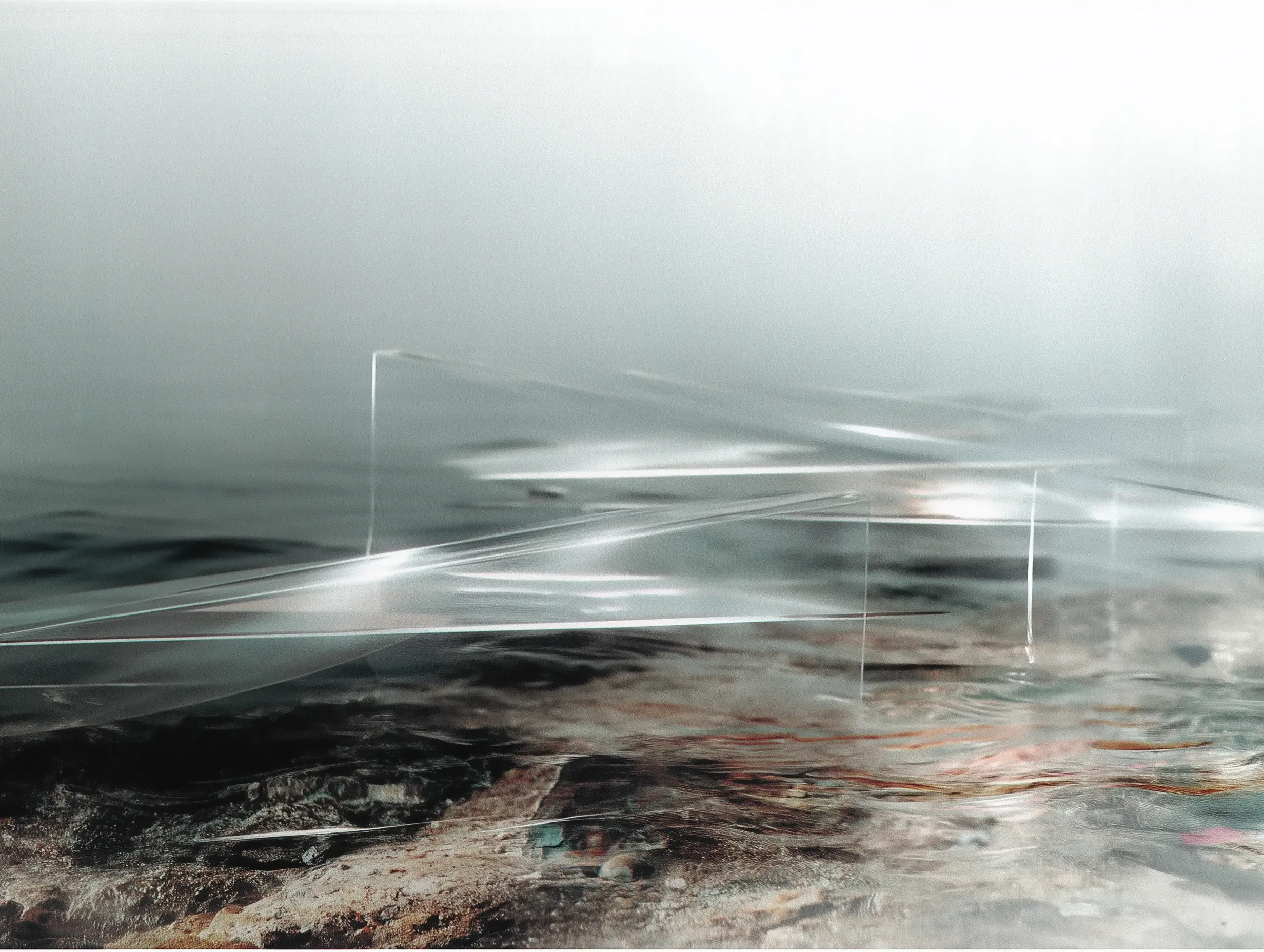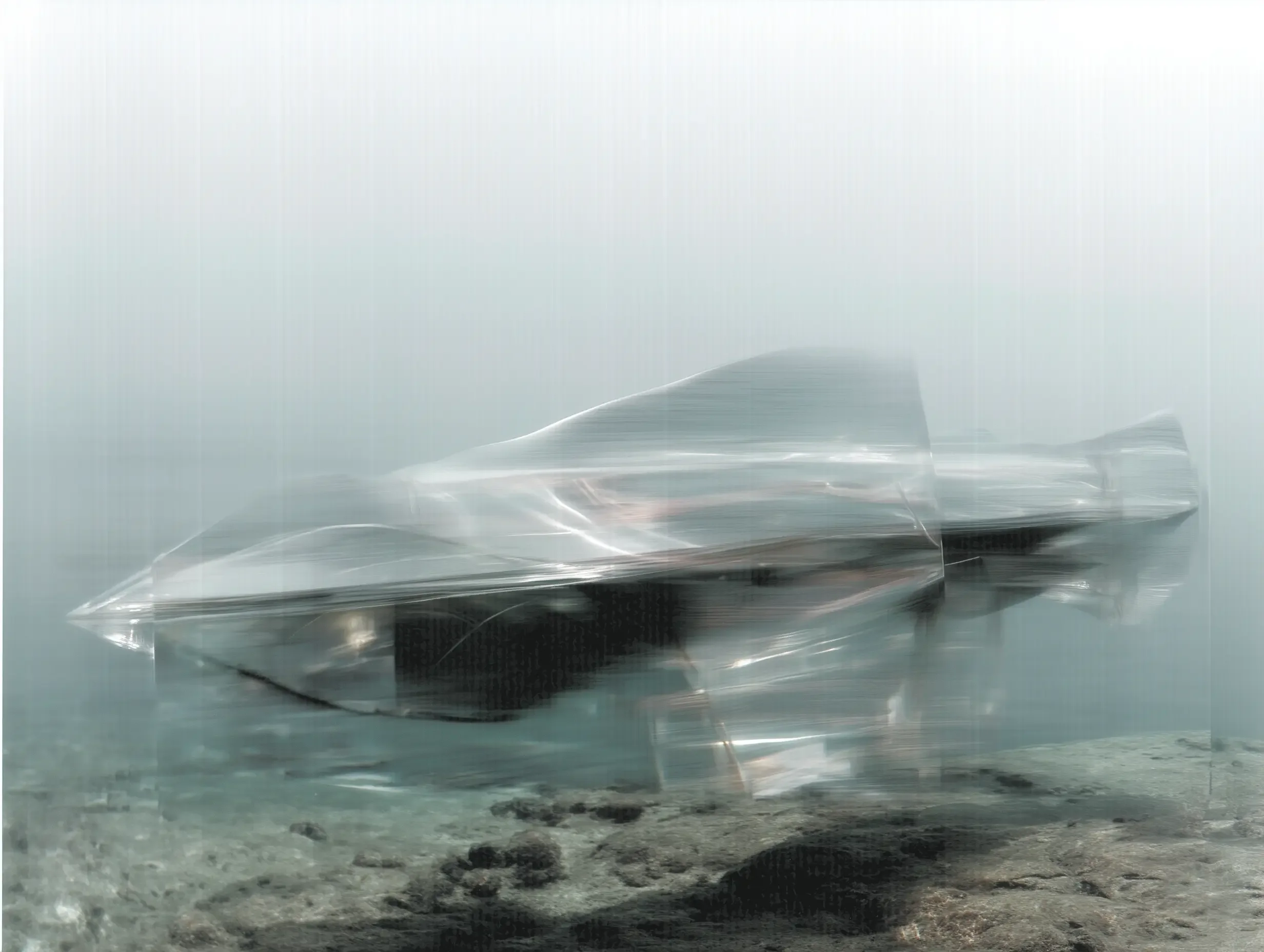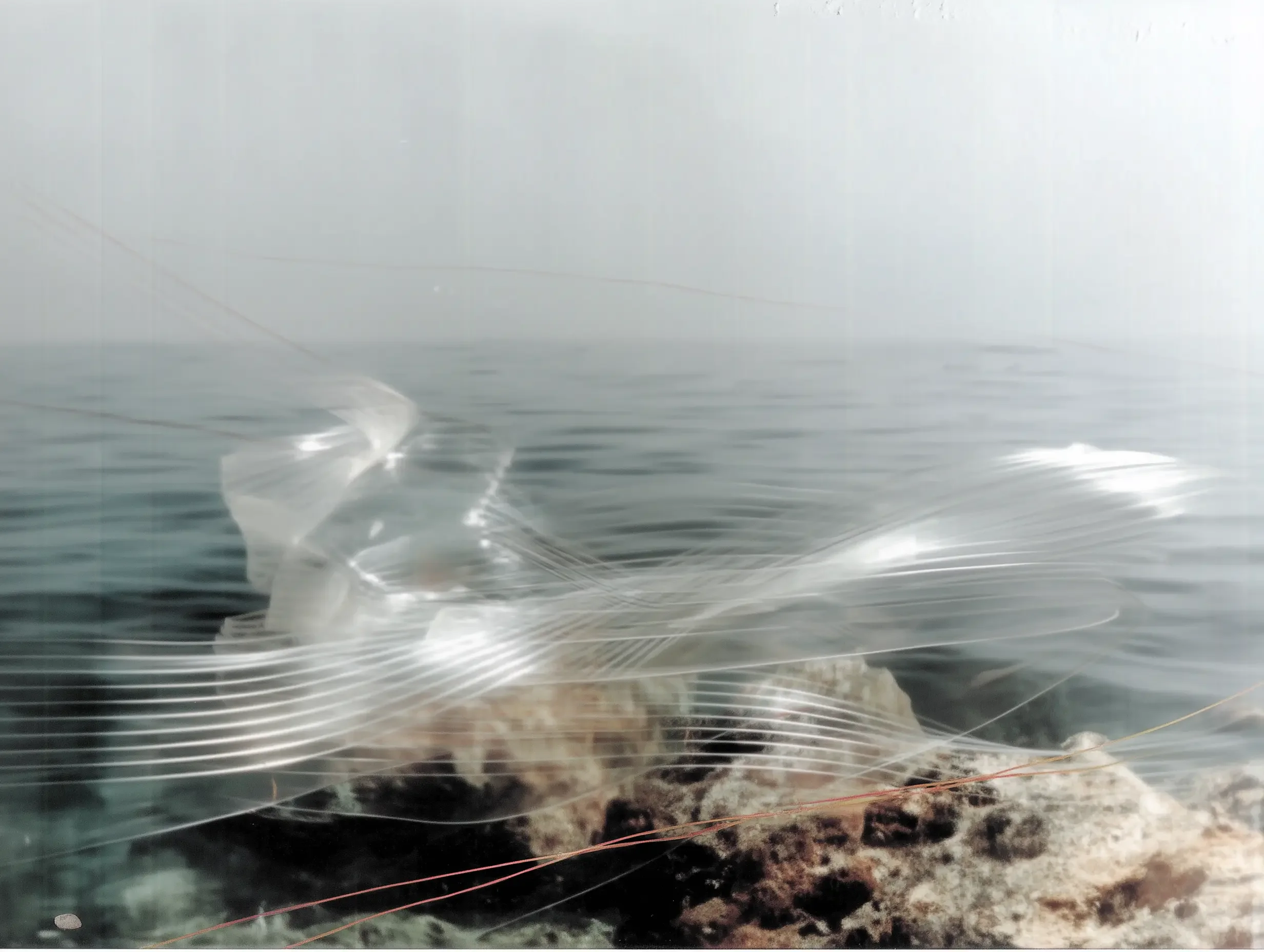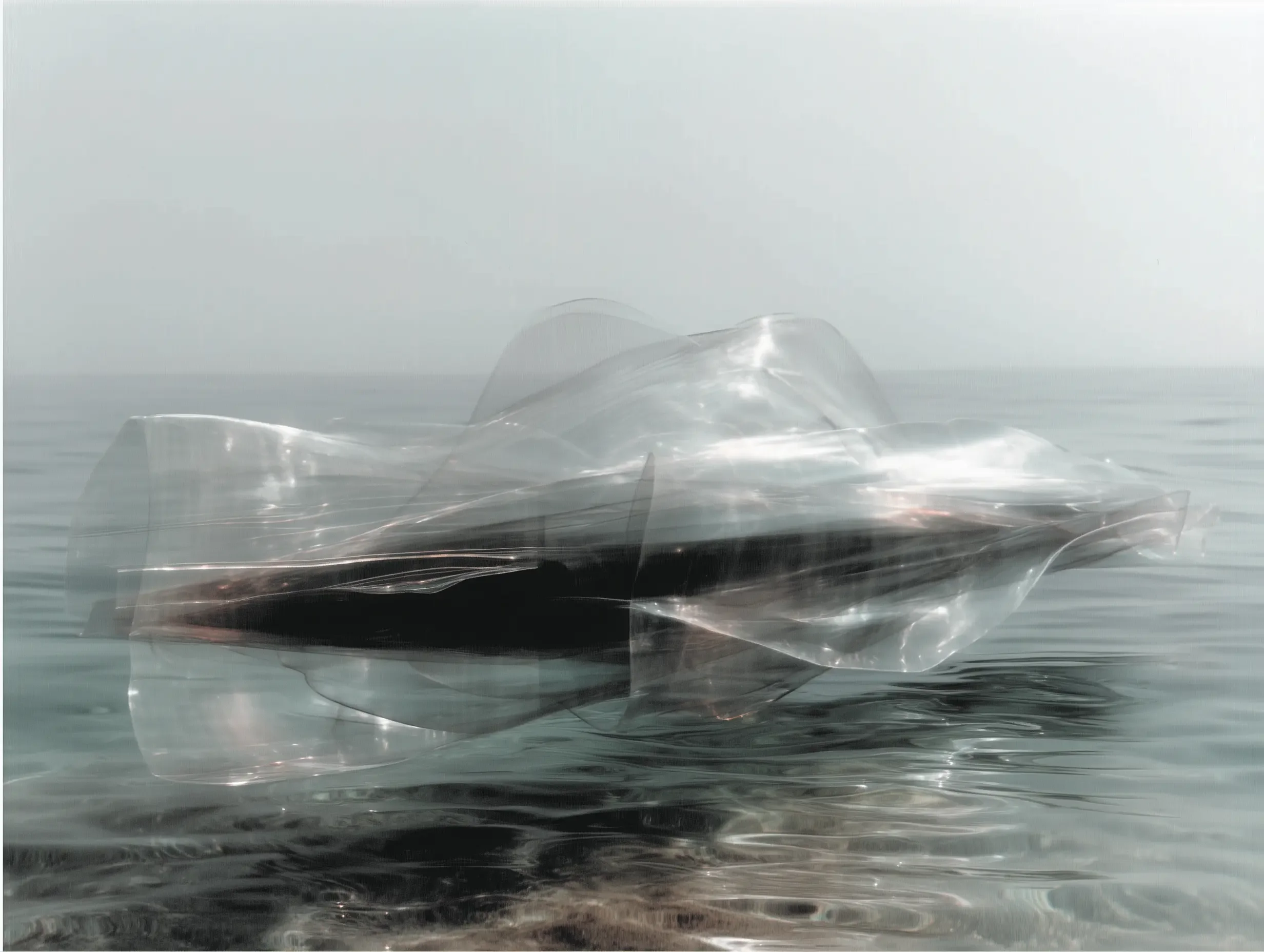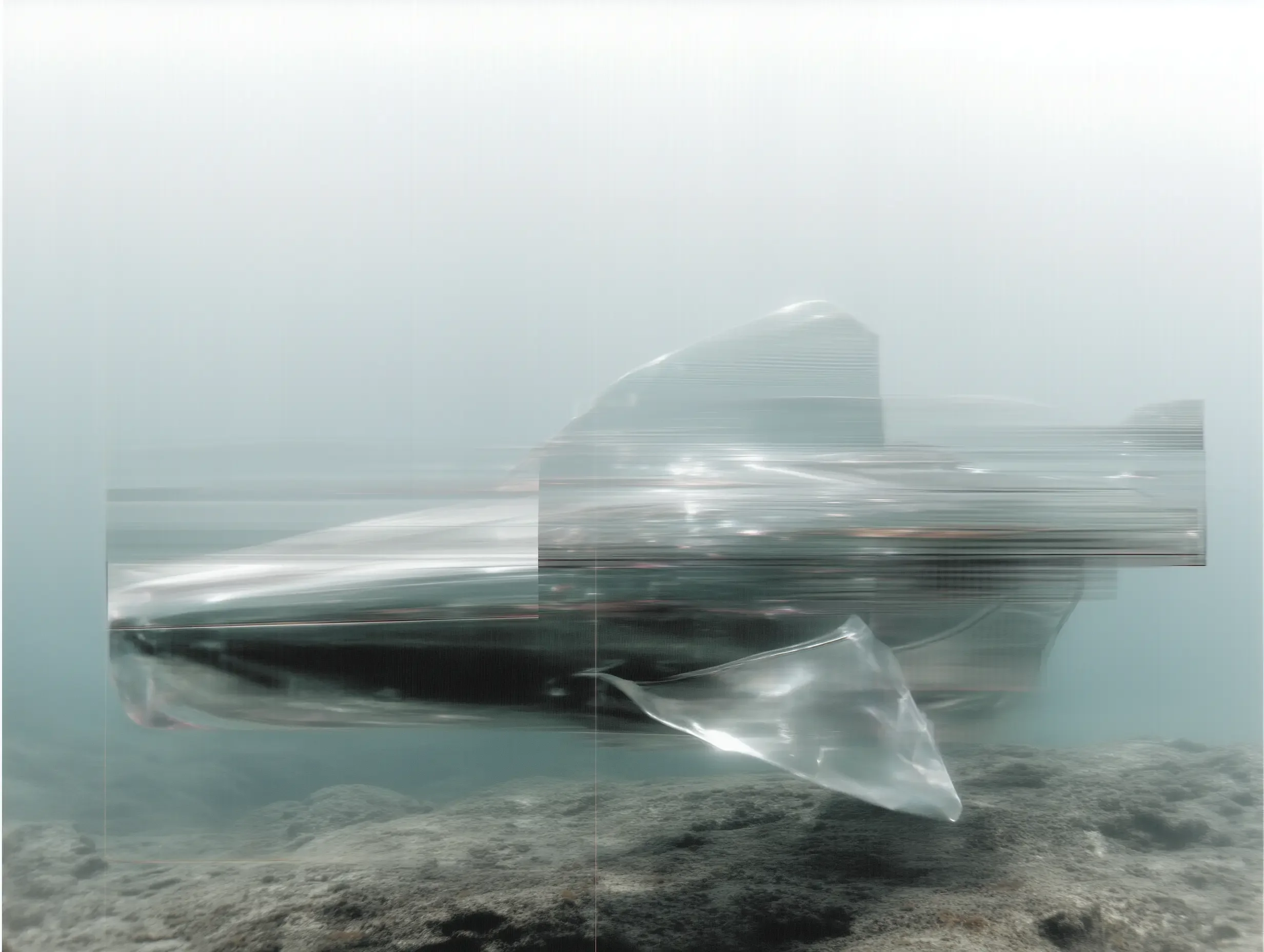What the Ocean Remembers
A story about technology, observation,
and the deep-sea carbon cycle.
Beneath the surface, where sunlight fades and silence begins, particles drift like memories of the sea.
Each flake of what scientists call marine snow carries traces of life from above: carbon, plankton, fragments of shells, slowly descending toward the seafloor. It is through these quiet movements that the ocean breathes, storing carbon and balancing the climate that sustains us all.
The ocean absorbs nearly a third of the carbon dioxide released into the atmosphere. Through marine snow, that carbon is drawn into the deep, where it can remain stored for centuries.
A silent process that regulates Earth’s temperature and nourishes life in the dark.
To see this unfold in real time has long been beyond human reach. Now, researchers at the Monterey Bay Aquarium Research Institute (MBARI) have developed a new instrument that changes that perspective. The SINKER (short for SINKing Ecology Robot) combines high-resolution cameras and microscopes to capture images of marine snow as it falls, layer by layer, into the deep. It offers a new way of observing the planet’s most important, and least visible, system of carbon storage.
Every flake of marine snow is a collaboration between life and decay: microorganisms transforming what once lived into the ocean’s quiet work of renewal. Understanding which organisms and processes drive that sinking is key to predicting how the ocean will respond to a changing climate.
SINKER is not just a technological advance; it is a manifestation of collaboration. Mechanical and electrical engineers worked side by side with marine biologists to design a device capable of withstanding half a mile of pressure beneath the waves. Together they created a tool that does not only record data but reveals the rhythm of the sea’s unseen metabolism. As one MBARI engineer described it
“We’re building instruments that help us see the invisible processes keeping the planet alive.”
What makes this development so significant is not merely its innovation but its purpose. Every particle tracked by SINKER helps scientists understand how carbon moves through the ocean:
how much sinks, how fast, and how deep.
These are not abstract questions; they define our future. The more precisely we can measure the ocean’s ability to store carbon, the better we can protect it, and ourselves, from the accelerating effects of climate change.
In mapping what sinks, SINKER helps us understand what endures. How the planet’s smallest movements hold the balance of its largest systems. There is a quiet poetry in that intention.
Technology, at its most meaningful, is not about domination or efficiency. It is about empathy: extending our senses into realms we cannot reach, so that understanding may become care. In this way, SINKER stands as both a scientific instrument and a philosophical one, a reminder that even in the most advanced systems, progress begins with quite observation.
What the ocean remembers, we are only starting to learn. And perhaps, as our machines learn to listen, we might remember something too: that beneath all complexity lies a simple truth:
To study the sea is to study ourselves.
Visual concept: editoria33 interpretation of deep-sea observation. Inspired by MBARI’s research on marine snow and carbon storage.
…

